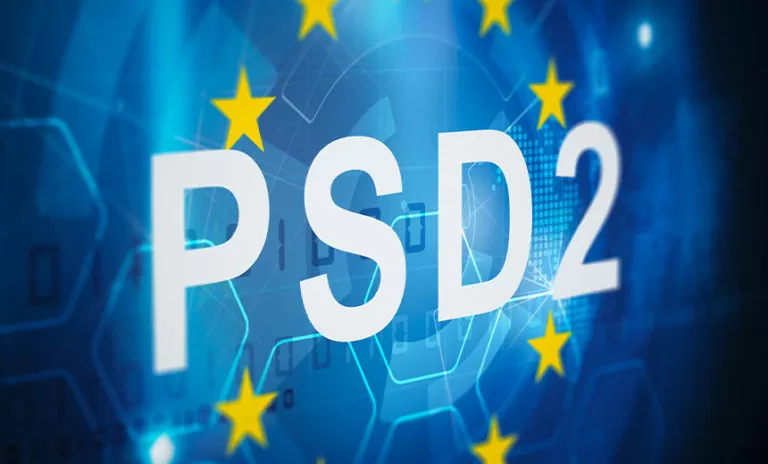
The PSD2 directive concerns the payment process in the European Union.
But what is PSD2? how will e-commerce change?
The PSD2 is a new version of the payment services directive, in force in the EU since the renewed 2007 because it did not include enough rules for online payments.
The new edition was created to correct some aspects: make payments safer, protect customers and stimulate competition between banks and payment organizations.
To clarify:
The PSD2 directive aims to protect customers through Strong Customer Authentication (SCA), through three fundamental aspects:
According to the latest changes, at least two of them should be used in a transaction over € 30.
The PSD2 regulation covers banks, payment organizations, companies and customers. Below we consider the changes in the business branch.
From the 14 September 2019 then you must provide the SCA or 3D Secure 2.0 for all transactions, even if one of the parties is outside the EU.
European banks will reject transactions that do not follow the new authentication. However, there are exceptions concerning the already authenticated beneficiaries. In the case of a transaction less than € 30, the cumulative value of payments for each user will be counted. As soon as the cumulative value of a user's transactions reaches € 150, the banks will request authentication.
Banks will not need authentication if a single payment is less than € 50, and if the cumulative value of recurring transactions is less than € 300 per month. You can find the complete list of exclusions in the 3-d article of PSD2.
Although the PSD2 regulation should protect users, adding the authentication phase to the payment can increase the percentage of abandoned carts. But in the long run, the PSD2 will help make e-commerce safe and reliable and, consequently, attract more buyers.
These payment methods already include two-factor authentication. Mobile optimization. 3DS 2.0 was created for mobile devices. So, if your store is optimized for mobile devices, you won't have any problems with the user experience, because authentication for mobile devices is intuitive and uninterrupted.
You could already use the 3D Secure on your store.
Let's take a closer look at this technology and try to understand the main difference between 3D Secure 1.0 and 3D Secure 2.0. 3D Secure is a special protocol designed to prevent fraudulent activity and provide users with secure online card payments. 3DS uses the three domain model:
Let's take an example: Your customer wants to buy a shirt. Enter the credit card information on the payment page and click on the Order button. Then the payment process begins. The merchant requests the 3DS verification from the Payment Gateway. Payment Gateway sends the request to the bank. The Bank provides a verification context and the Payment Gateway requires personal identification. This request is concatenated with the buyer and the popup / redirect page is displayed. Usually an SMS code or a unique password must be entered. This data is sent back to the Payment Gateway and it is verified that the payment is secure. The bank sends a confirmation of payment to the Merchant via the Gateway.
After making the transaction, you get a new order in the admin panel and the customer will see the success page. As you can see, this process is long and has some disadvantages that the 2.0 version of this system is designed to solve. The new payment verification method uses context data. In this case, the bank will analyze name and surname, billing addresses, e-mail, etc. And it will only request verification in 5% of high-risk transactions.
Today, mobile devices do not always correctly display 3DS popups or customers can trade them for a fraudulent website, this updated technology has also tried to address these problems and resolve them.
Staff BlogInnovazione.Item: Amasty
Coveware by Veeam will continue to provide cyber extortion incident response services. Coveware will offer forensics and remediation capabilities…
Predictive maintenance is revolutionizing the oil & gas sector, with an innovative and proactive approach to plant management.…
The UK CMA has issued a warning about Big Tech's behavior in the artificial intelligence market. There…
The "Green Houses" Decree, formulated by the European Union to enhance the energy efficiency of buildings, has concluded its legislative process with…